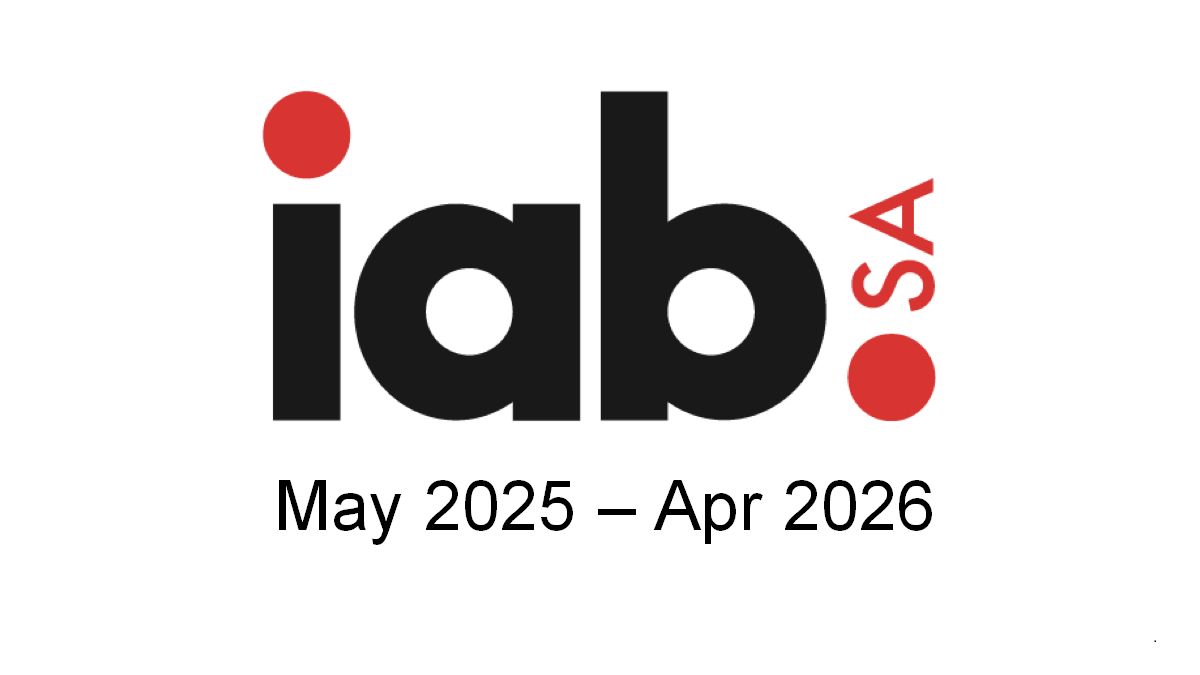The Mpumalanga government has quietly admitted what many parents and teachers have long felt: prestige schools may look impressive, but they are bleeding the budget dry.
After more than a decade of pouring hundreds of millions into state-of-the-art campuses, the province is shifting gear.
From now on, the focus will be on cheaper, practical schools, even if that means less glamour.
Premier Mandla Ndlovu made the announcement in Bushbuckridge on Friday, during the Taking the Legislature to the People outreach.
He told residents that the province could no longer afford to prioritise prestige over practicality, saying Mpumalanga’s obsession with “high standards” had left thousands of pupils in collapsing classrooms while vast sums went into just a handful of expensive projects.
“We have 54 schools that were initiated by the communities around Mpumalanga. When it rains, these facilities collapse. A little wind and they are gone.
“We have started a programme to rebuild all these schools. However, I’ve highlighted to the Department of Public Works that we are building way too expensive schools in Mpumalanga.”
He added that comparative assessments were done with other provinces. “One school costs up to R120-million. This is different from Limpopo, where they spend less. We even suspected that money was being stolen.
“We are building a school for the physically impaired in Emalahleni. It’s around R500-[million]. In Limpopo, they are spending a little over R100-million].”
Ndlovu’s remarks suited the audience, given the extent of damage schools in the municipality often suffer.
In October last year, violent storms ripped through the region, damaging more than 30 schools.
Over 10 high schools were so badly affected that there were fears the National Senior Certificate examinations might be disrupted, but alternative plans were made.
Nldovu stated that a balance was needed between building new schools from scratch and refurbishing those damaged in storms.
He said the cost of building a new school in Mpumalanga prompted the provincial government to send officials to Limpopo on a fact-finding mission.
“We found that Limpopo’s infrastructure projects are like an Uno (mini car), while we are at the Porsche level. You can’t compare the two in terms of price.
“We returned here saying: ‘No. Let’s stop this Porsche mentality. Let’s just build schools that will enable our children to study’,” he said.
For now, the only big-ticket item remaining is Chayaza High School in Casteel, expected to cost at least R115 million. Once completed, Ndlovu insists, it will be the last of its kind.
“Any school project that comes after Chayaza will have to be less, at most around R54 million. We need to build many schools, including here in Bushbuckridge,” he said.
The pivot marks a break from the legacy of the late former premier David Mabuza, who championed a drive to replace mud and farm schools with flagship boarding facilities.
This resulted in ten farm schools being demolished and rebuilt into modern complexes over successive administrations.
Those schools were anything but ordinary. A typical state-of-the-art campus included four Grade R classrooms, accommodation blocks, 32 classrooms, dormitories for boys and girls, a science lab, a computer centre, a library, eight ablution blocks, a guardhouse, 18 covered parking bays, a sewage treatment plant, a kitchen, a dining hall, and sports facilities.
For many rural pupils, it was the first time they experienced facilities that rivalled those in urban and private schools.
The initiative helped erase some of the scars of apartheid-era education but came with a heavy price tag.
Billions of rands were sunk into luxury projects while hundreds of other schools continued to crumble.
The numbers tell their own story. A joint study by the Development Bank of Southern Africa and the World Bank estimates that building a fully equipped classroom through central contracts now costs about R2-million each.
By contrast, smaller provincial or community-driven projects can deliver classrooms for R700 000 to R1-million apiece.
The premier says the new strategy is about striking a balance between quality and affordability.
While no child should learn in unsafe or undignified conditions, the province cannot afford to bankroll prestige projects at the cost of access.
By cutting costs, Ndlovu hopes to stretch the budget across more communities, reducing overcrowding and replacing unsafe buildings with one modest school at a time.



